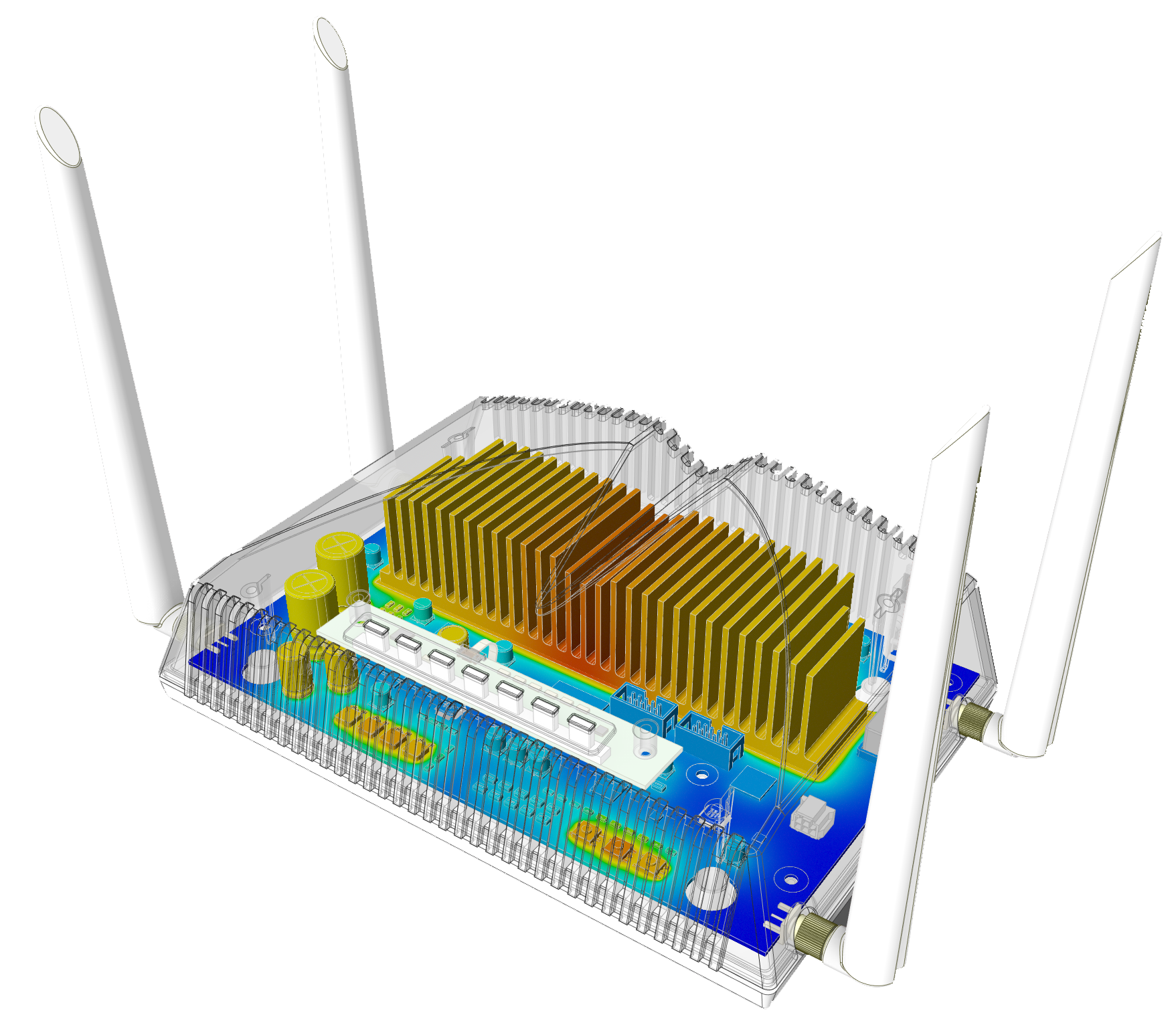1ST PRIZE WINNER 🏆
EVALUATION OF COMBUSTION MODELS FOR AMMONIA
MÁRTON GYÖNGYÖSI

Objectives of the project are: – Comparison and investigation of combustion models (PDF-based simple model, Eddy Dissipation Concept, Flamelet Generated Manifold models) focusing on pure ammonia combustion in a poorly premixed perdistal pilot burner.
– Investigation of reaction mechanisms for ammonia oxidation.
– 3D robust numerical model construction à computational capacity minimization
– Model validation
2ND PRIZE WINNER 🏆
DESIGN OF BEAMFORMING ANTENNA SYSTEM
BENCE JÓZSEF MOLNÁR

My goal was to design an antenna system that could be used to model the beamforming antenna system used by modern telecommunication networks. The model can also be used to make useful measurements for further research and development.
3RD PRIZE WINNER 🏆
STRENGTH AND MODAL ANALYSIS OF A WIND TURBINE BLADE
VINCE COCCHIONI

The task aims to model and mechanically test one blade of an NREL 5 MW offshore reference wind turbine using Ansys software. The static analysis investigates the deformation of the structure and the von Mises stresses in the turbine blade under stationary and dynamic conditions of rotational motion, while the modal analysis is performed to find the resonant frequencies of the structure.
PIFA ANTENNA DESIGN
ENDRE GALAMBOS

This thesis aims to design a multi-band antenna that can be integrated into the wireless interface of the IoT platform developed by the Radio Frequency Test Laboratory.
THERMAL AND MECHANICAL TESTING OF PARACHUTE EJECTOR PISTON
LEVENTE GYÖRGY SAJGÓ

The study aims to investigate the deformation of a symmetrical component under the effect of thermal shock.
The piston is located in the rocket body and plays a critical role in the safe landing of the rocket, thus, it is important to investigate whether it can leave the missile body despite possible deformations due to thermal effects of the explosive charge underneath the component, hence ejecting the parachute.
